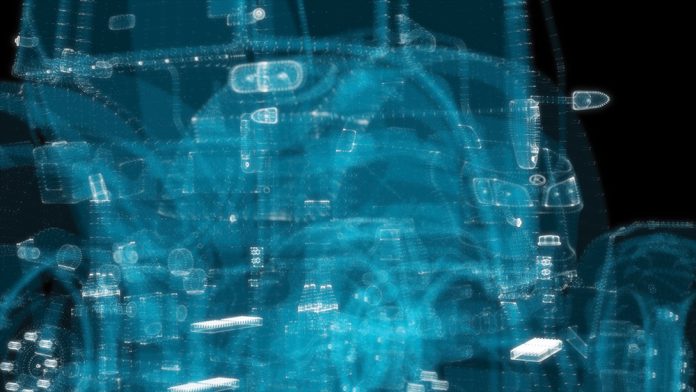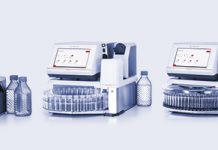By Dr Richard Parmee, founder and CEO of X-ray inspection technology pioneer Sapphire Inspection Systems.
Inspection of medicines to ensure they are free of foreign bodies is a routine feature of factory production lines. But the latest X-ray inspection technology can do so much more than detect a fragment of metal or glass in a drug container.
Does each section of a blister pack contain one correct, undamaged tablet, for example? Are there dangerous bubbles of air in a drug-device combination product? Is the needle of an autoinjector in the correct position? All these questions – and more – are being answered by a new generation of inspection technology.
Millions of people who rely on regular medication take it for granted that when they open a new box of drugs there will be one tablet in each section of the blister pack. But checking there are no extra, missing or incorrect tablets in a sealed blister pack on a high-speed factory production line is easier said than done.
The latest X-ray systems combine low-energy X-ray imaging with active pixel sensor (APS) technology to achieve high sensitivity – with resolutions 10 times greater than traditional end-of-line X-ray machines. That means they can detect not only missing or broken tablets – with an inspection zone created around each tablet pocket – but also contaminants such as metal, even though the products are packaged in metallic blister packs. The technology can even detect paper inside cardboard – using adaptive algorithms to check that each box contains an ‘instructions for use’ (IFU) leaflet to ensure regulatory compliance.
X-ray technology can also be used to check the mass of a product – to ensure containers of common over-the-counter medications meet the necessary weight requirements, for example. It can also check the individual masses of a series of items within a pack – so it can detect and reject an underweight bottle of cough syrup in a multipack, even if some of the other bottles contain slightly too much medication. And it can verify the number of products, such as syringes, in a sealed multipack.
Foreign body detection has always been crucial for formulations in drug containers. The new generation of X-ray inspection equipment can detect metal or glass particles as small as 0.1mm in diameter that would not be visible to the naked eye on a high-speed production line. Image processing software now provides the tolerance levels required to deal with the variable shape and thickness of glass containers. The technology can cope with tapered shapes, ridges and bulges, so it can detect tiny shards of glass within a glass drug container – as well as checking the container is filled to the correct level. The presence of potentially dangerous bubbles in a vial of liquid medicine can also be detected.
The latest technology can also perform quality checks on drug delivery devices such as autoinjectors – ensuring the needles are in the correct position and that other parts of the device mechanism are within position tolerances. Inline inspection machines are automatically fed and motorised in different axes so that the autoinjectors can be rotated for the required quality checks.
The technology can even cope with the challenge of subcutaneous osmotic insulin pumps, where the drug is packaged in a hollow titanium rod and it is vital there are no bubbles, which might cause the flow of insulin to be interrupted. The radiography is challenging as it involves inspecting organic material with air voids through a machined titanium enclosure. But techniques such as mechanical stabilisation and combining multiple image sets are used to enhance the feature contrast.
Millions of people around the world rely on factory production lines for their life-saving medication and drug delivery devices. The pharmaceutical industry, in turn, can rely on a new generation of X-ray inspection technology to keep an eye on things.









